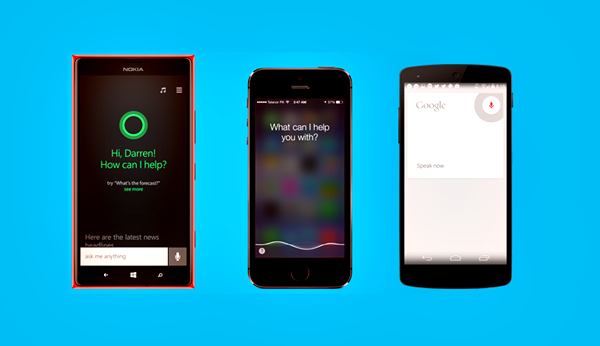Most of the big technology companies are doubling down on Artificial Intelligence (AI) in the form of Smart Assistants. Apple’s Siri, Google’s Assistant, Microsoft’s Cortana and Amazon’s Alexa are all examples of these so-called Smart Assistants. The main goal of these Smart Assistants is to help users with everyday tasks and questions.
The special thing about these Assistants is that they utilize a concept called Machine Learning to continuously improve their solutions and answers. These assistants should become better over time, to the point where they can start predicting pre-emptively what you need from them. If you ask for a weather update at 9:00 pm every day, over time the Assistant will have it ready for you without even asking. In a world that continues to become more complex, the Smart Assistants will hopefully become a piece of your life that simplifies this complexity.
The future looks bright; as Smart Assistants become more open towards third party applications their functionality increases tenfold. It won’t be long until most daily smartphone operations can be done via Smart Assistants.
However, there are still hurdles to overcome. Ask yourself, how many times a day do you use Siri and would you really feel comfortable talking to your phone out loud during the day? According to a recent study, only three percent of all iPhone users use Siri in public, mainly being too embarrassed to share the small items in their daily life with everybody. Also, there are some major privacy concerns to be considered when using the technology. If these Smart Assistants can learn about your habits, schedule and interests, what is there to keep them from using that data for other purposes? Those databases can also get hacked, allowing criminals with access to your daily operations.
Are Smart Assistants the future and would you feel comfortable more or less allowing your whole life to become intertwined with this technology?
Further reading
http://www.theverge.com/2016/5/19/11712608/android-awareness-api-google-io-2016
http://www.vox.com/new-money/2016/10/5/13081058/marc-andreessen-ai-future



